The content of the article
Every person at least once in his life used vasoconstrictor drugs - drops or sprays. This is not surprising - they perfectly affect the vessels, relieve swelling and open nasal breathing. This is really necessary during colds. Vasoconstrictor drugs significantly improve the quality of life during illness. However, they have many side effects. With prolonged use, they dry out the mucous membrane, causing serious discomfort. The mucous as it "freezes" seems vulnerable and unprotected. Moreover, these drugs, if used improperly, are addictive. Some people have been suffering from Naphthyzin addiction for years and can do nothing about it.In this article you will learn how to get rid of the use of vasoconstrictor drops, as well as get acquainted with various ways to restore a healthy mucosa.
Vasoconstrictor drops - how to get rid of dependence
The most popular vasoconstrictor drugs are Naphthyzinum, Otrivin, Vibrocil, Afrin, Nasol, etc. There are a lot of them on the pharmacy shelves, and in the annotations to each medicine it is written that they cannot be used for more than 5 days in a row. This suggests that the vessels after a long use of such drops lose their elasticity, stop working independently. If you continue to use vasoconstrictor sprays and drops for more than five days, the nose will be constantly blocked and not because of the disease, but because of the vessels that can not bounce back. What to do in this case? How to get rid of addiction?
Many people give a recommendation - just do not use more drops, that's all. However, this is a rather dubious decision. A person for about two weeks will not be able to breathe normally - this is how much time the work of the blood vessels is restored. Can the patient not breathe through his nose for the whole 15 days? There are more gentle ways to repair blood vessels.
- The most painless method is the phasing out of vasoconstrictor drugs.That is, if you used drops 3 times a day, you need to reduce this amount to two times, if 2 - then reduced to once a day. Then splash every other day, etc. So you will not suffer with a clogged nose, but give the vessels the possibility of self-recovery.
- Some doctors recommend this technique - just dilute the drug in half with water. Its concentration decreases, it gives less exposure to the drug product.
- Another way to get rid of naphthyzin addiction is to cure one nostril. That is, one nostril must be left alone - do not splash the drug into it. In another nostril bury the drops as needed. So you can restore the vessels and not suffer from nasal congestion. When the first nostril can breathe without medication, the drug must be completely abandoned.
In addition, you need to drink antihistamines in the period of non-vasoconstrictor drops. You can drink what you have at home - Suprastin, Zyrtec, Zodak, Fenistil, Diazolin, etc. Allergy medications will help relieve swelling of the mucous membranes and slightly open nasal breathing.
Washing against dry mucous membrane
From the effects of vasoconstrictor drugs, the nasal mucosa dries out strongly. This can be corrected by simple washing. It not only affects the vessels, forcing them to expand and contract themselves, but also moisturizes the mucosa itself, eliminating the feeling of discomfort. You can rinse the nose in three ways - with the help of a teapot, a syringe, or no means at all. Saline water can be used to flush the nose - it relieves swelling and retains moisture on the mucous membrane. If the runny nose is still not defeated, you can use a solution of furatsilina or diluted aloe juice to disinfect the mucous membrane.
Prepared liquid in the form of heat should be poured into a small kettle and applied to one nostril. The procedure is done over the sink or basin. Slowly tilt your head to the side so that a stream of fluid flows into one nostril, and pours out of the second. We'll have to do the procedure more than once to understand the whole technique of its implementation. But then you can wash your nose without much difficulty.
If this method is not to your liking, just pour fluid under pressure into one nostril using a syringe without a needle or a small syringe.A safer way to flush is to take fluid in the palm of your hand, close one nostril, and draw in the water of the second nostril. So you can adjust the amount of intake fluid. In general, the pharmacy has a lot of drugs based on sea water, which is very convenient to wash the nose. This Aqualore, Aquamaris, Morimer, etc. Small children nose is washed with saline - two drops in each nostril.
After washing the nose, you need to stay home for at least 3-4 hours and not go out into the cold air.
Medicines and oils for moisturizing the mucous
There are drugs that can restore and moisturize the mucosa after exposure to vasoconstrictor drops - for example, Pinosol. It is made on a vegetable basis with the addition of oils. Well restores and moisturizes the nasal passages. Fleming's ointment or simple vaseline is very effective - they need to lubricate the mucous membrane inside the nose.
It is very effective to use various oils. Sea buckthorn oil will help to heal minor wounds, protects the mucosa from cracking and the formation of dry crusts. Almond oil helps to relieve swelling, relieves congestion.Peach seed oil envelops a thin film and gives the effect of protection of the mucous. Also in the treatment you can use sesame, linseed, pumpkin and even sunflower oil. The oil structure itself is effective, which gently envelops, restores the water balance of the mucous membrane and eliminates the feeling of dryness in the nose.
Folk remedies to restore the mucous
There are many popular recipes and home-made ways to restore a healthy nasal mucosa.
- Warming up stimulates blood vessels to normal operation. You can warm your nose with the help of warming ointments - for example, Dr. Mom. And you can simply heat the salt or sand in a frying pan, pour it into the bag and attach it to the nose. Keep until the salt (sand) has cooled. Effective and laser heating of the nose.
- Eucalyptus oil not only moisturizes the mucous membranes, but also perfectly relieves swelling. The mint smell just “pierces” the nasal breathing and relieves congestion.
- Walnut leaf ointment is an excellent medicine that will not only moisturize the mucous membrane, but also help get rid of naphthyzin addiction.To make it, fresh walnut leaves should be minced through a meat grinder and rubbed through a sieve. The resulting pulp is mixed with petroleum jelly in equal proportions. Lubricate the nasal mucosa 2-3 times a day.
- Honey. This is another folk remedy that will help you in the fight against dry and damaged mucous. Dip a cotton swab in warm fresh honey and brush gently on the mucous membrane. It moisturizes, nourishes and disinfects the surface. Instead of honey, you can use an oil solution of propolis. But remember, beekeeping products should not be used by allergy sufferers - otherwise there will be severe swelling on the nasal mucosa.
- Inhalation. Add some eucalyptus or mint oil to the hot water. Hot vapors moisturize well, and the mint smell relieves swelling and nasal congestion. This procedure can be done 2-3 times a day, when it becomes difficult to breathe through the nose.
In addition, it is very important that the air in the room is cool and humid. It protects the mucosa from re-drying. In the struggle for a moist and healthy mucous membrane, you need to drink a lot - tea with honey, raspberries, lemon and ginger.
Any medicine can be both useful and dangerous.Vasoconstrictor drugs - this is a real magic wand, which allows us to get rid of nasal congestion during illness. But in order to prevent the drops from causing a serious problem, they should be used correctly. Remember, vasoconstrictor drops relieve a symptom, but do not cure. Therefore, in the event of a head cold, adequate treatment should be started as soon as possible.
Video: how to remove nasal congestion without drops

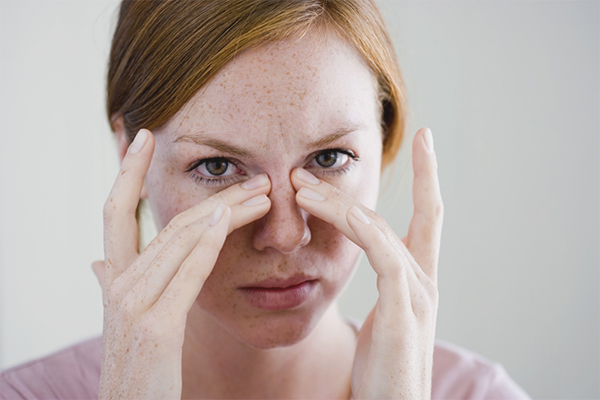
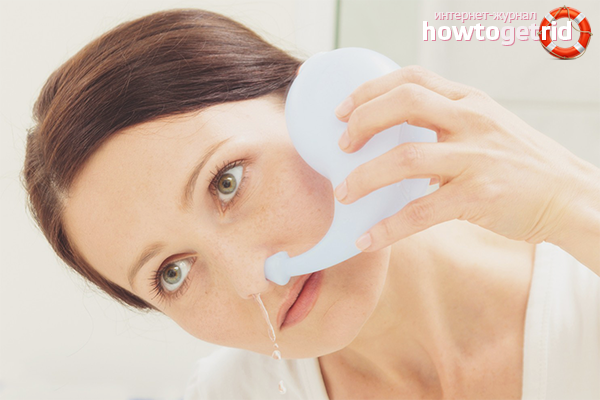

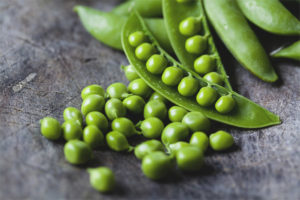
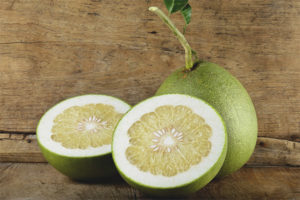
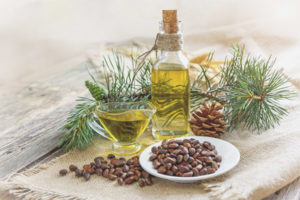
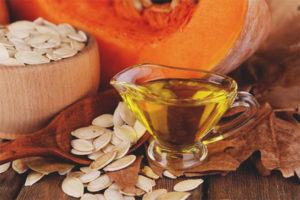
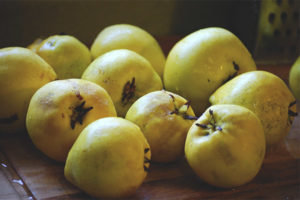

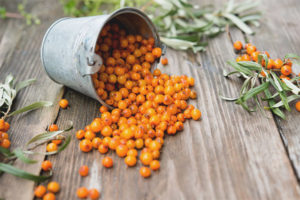

To send